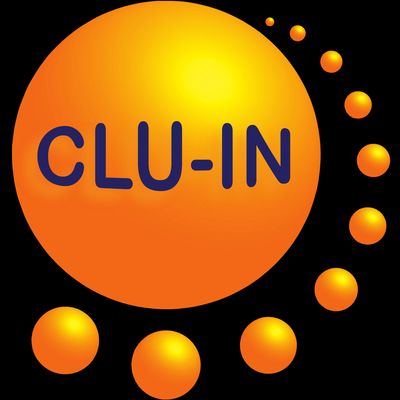Since 1998, The Contaminated Site Clean-Up Information (CLU-IN) website has presented Internet Seminars covering a wide variety of technical topics related to hazardous waste characterization, monitoring, and remediation. For select seminar topics offered since 2012, we are making complete video recordings available through our archives. This feed contains all video seminars archived in the last 12 months. For a complete list of seminars archived since 2000, please visit http://www.clu-in.org/live/archive/. Our Rehabilitation Act Notice for reasonable accommodation is available at http://www.clu-in.org/training/accommodation.cfm. CLU-IN was developed by the U.S. Environmental Protection Agency (EPA) but is intended as a forum for all waste remediation stakeholders. For more information and to view upcoming live offerings, please visit http://www.clu-in.org/live/. For a complete list of RSS feeds available on CLU-IN, please visit http://www.clu-in.org/rss/about/.
http://www.clu-in.org/live/archive
Effectiveness of Point of Entry Systems to Remove Select Per- and Poly- fluoroalkyl Substances from Drinking Water (Nov 26, 2018)
Per- and poly-fluoroalkyl Substances (PFAS) contamination of groundwater sources in the U.S. is a widespread problem for the drinking water industry. Well water supplies in the municipalities of Fountain, Security, and Widefield, Colorado, contain Perfluorooctanoic Acid (PFOA) and Perfluorooctane Sulfonate (PFOS) greater than U.S. Environmental Protection Agency (EPA) health advisory level of 70 nanograms/liter (ng/L). The source of PFAS in the well water has been associated with aqueous film forming foam (AFFF) at Peterson Air Force Base (AFB). Several public water systems and numerous private well owners use the impacted Widefield Aquifer as their sole source of drinking water. To assist property owners and limit exposure of PFAS in residential drinking water systems, treatability studies were conducted by EPA on the PFAS removal effectiveness of commercially available Point-of-Use (POU)/Point-of-Entry (POE) units using Reverse Osmosis (RO) treatment and Granular Activated Carbon (GAC) adsorbents. Household water systems were tested with a representative test water with the water quality characteristics and six PFAS contaminants found in Widefield Aquifer region groundwater samples. The study also documented the ease of use during installation, startup, and continuous/intermittent operation of the water systems. To view this archive online or download the slides associated with this seminar, please visit http://www.clu-in.org/conf/tio/PFASDW_112618/
